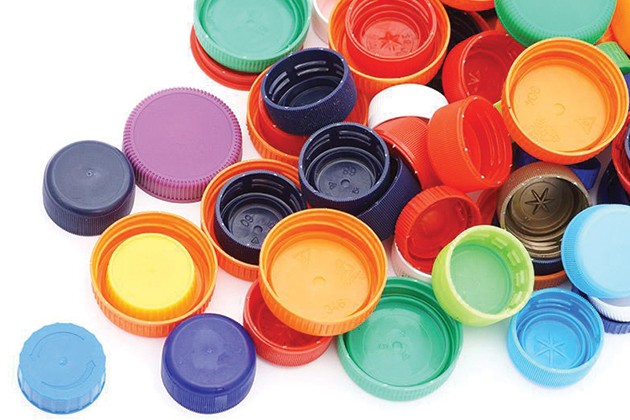How To Tie-Dye Easter Eggs
By: Highlights Editorial
This easy riff on the standard one-color method gives eggs a multicolor pattern—without the extra hassle.
Kids may need a a little help wrapping the eggs in strips of fabric before dying them. But they'll love the cool design and the illusion of more than one color in this Easter egg craft!
What You'll Need
What to Do
-
Cover your work area with a thick layer of newspaper.
-
Tear narrow strips of cloth from the old T-shirt. Wrap the strips around a hard-boiled egg until it’s covered. Then secure the cloth strips with rubber bands.
-
In a cup deep enough to submerge the egg, mix ½ cup water, 1 teaspoon white vinegar, and 10 to 20 drops food coloring, per color. Or prepare the packaged egg dye according to instructions.
-
Place each wrapped egg in the mixture and let sit for about 20 minutes.
-
Remove the egg with a spoon. Take off the cloth strips and set the egg in the egg carton until dry.
Optional: Place stickers on the egg before wrapping it and remove the stickers after taking off the cloth strips. The egg won’t be colored where the stickers were placed.
Extend the Fun
Younger kids: During the time that the eggs need to set and dry, try a letter-based scavenger hunt around the house. Make a list of five things that start with the letter E and five things that start with the letter G. Write the names of the objects on a piece of paper and add a picture of each. Then help your child find each item one at a time (though she doesn’t need to follow the list in order). If she has trouble, give her as many clues as she needs. To get you started, here are a few E and G words: earring, eraser, eye, ear, envelope, glove, glasses, grapes, grass.
Older kids: Encourage your child to experiment with color combinations. Have him write down a “recipe” for the different colors he makes—how many drops of each color he used and what the final color turned out to be. Have him star his favorite colors, and then save the recipes for next year.









